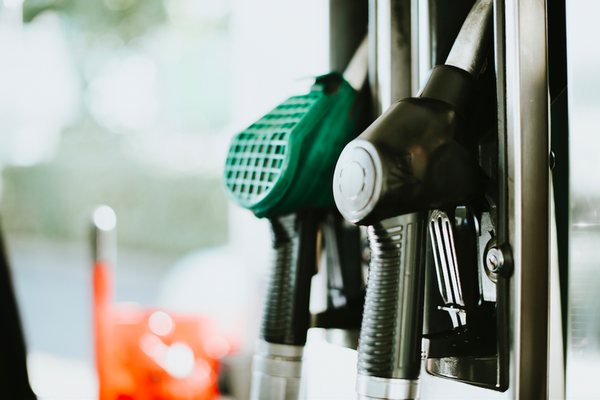Drivers across the Philadelphia region and the nation are breathing a sigh of relief as gas prices continue their rapid decline.
Across the country, prices have been falling for 32 days straight, said Patrick DeHaan, the head of petroleum analysis at GasBuddy. He expects the nationwide average to decline from its current $4.54 to just $4.45 by the end of next week.
- MORE NEWS
- With Snookie Cameo video, John Fetterman and Mehmet Oz escalate their social media barbs
- 14-year-old boy arrested in shooting at SEPTA's 15th Street Station
- Quadruple shootings in Philly leave 8 people wounded, including 2-year-old, 4 teens
The average price for a gallon in Philadelphia and its Pennsylvania suburbs was $4.67 on Saturday, down from $4.80 a week ago and the all-time record of $5.11 set on June 12, AAA reports.
That's much lower than in Western Pennsylvania, where a gallon is going for $4.79 on average in Forest County.
The drop was mirrored in the South Jersey suburbs, where a gallon was going for $4.57 on average on Saturday, down from $4.67 a week ago and the record of $5 set on June 13, according to AAA.
DeHaan told NJ.com that some New Jersey residents could be paying $3.99 or less as early as Monday.
The drop is partly due to a decrease in demand following the Fourth of July holiday weekend, but recession fears and the federal government continuing to release oil from its strategic reserves are also contributing factors.
DeHaan predicts that the nationwide average will fall below $4 per gallon by mid-August, but only if the market remains uninterrupted.
"Unexpected changes in supply or demand, or outages, hurricanes, geopolitical tensions could change the outcome," he said.
In the short term, prices could also rise again around Labor Day, when demand usually increases as families go on vacation before the start of the school year.
Last year, Pennsylvania saw its highest gas prices in seven years around the holiday.
The national average of $3.27 per gallon in September 2021 seems like a good value now, but it was a full dollar higher than what Americans were paying a year earlier.

